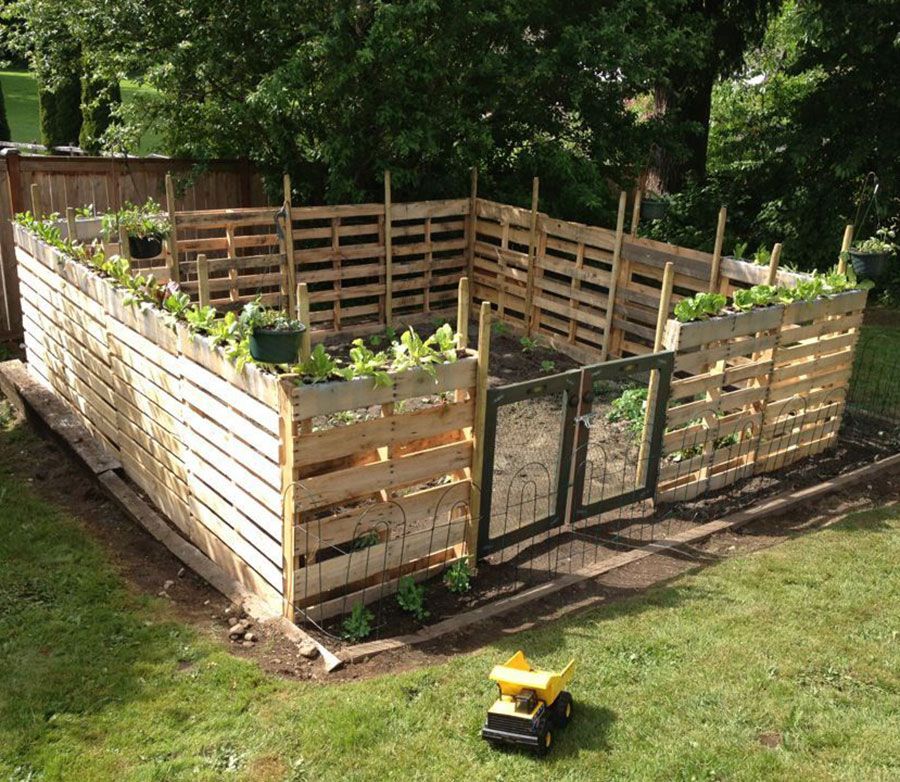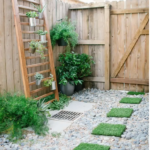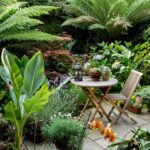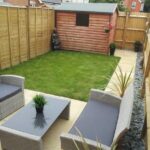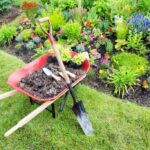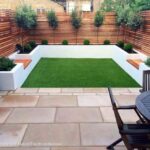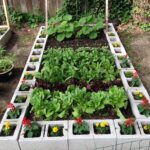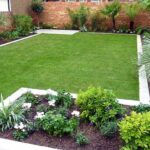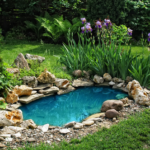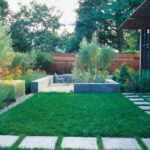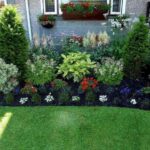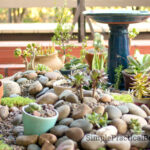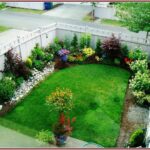Creating a beautiful garden doesn’t have to be complicated. With some strategic planning and attention to detail, you can design a stunning outdoor space that enhances the beauty of your home. Here are some simple tips to help you achieve a well-designed garden.
Start by determining the purpose of your garden. Are you looking to create a serene oasis for relaxation, or do you want a playful space for entertaining guests? Once you have a clear vision in mind, you can start planning the layout of your garden. Consider the size and shape of your outdoor space, as well as any existing features like trees or shrubs that you want to incorporate into your design.
Next, think about the practical aspects of your garden design. Consider factors like sunlight, soil quality, and drainage when choosing plants for your garden. Select a variety of plant types that will thrive in your climate and provide year-round interest. Group plants with similar water and sunlight needs together to make maintenance easier and ensure they have the best chance of flourishing.
Incorporate hardscaping elements into your garden design to create structure and visual interest. Features like pathways, patios, and raised flower beds can provide a focal point and help define different areas of your garden. Choose materials that complement your home’s architecture and style, such as natural stone or weathered wood for a rustic look, or sleek metal and concrete for a modern aesthetic.
Don’t forget about the importance of color and texture in your garden design. Use a mix of flowering plants, foliage, and grasses to create a dynamic and visually appealing landscape. Consider planting a mix of evergreen and deciduous plants to ensure year-round interest, and add pops of color with blooming perennials and annuals. Experiment with different textures like glossy leaves, fluffy flowers, and rough bark to add depth and dimension to your garden.
To create a sense of unity and harmony in your garden design, make sure to repeat certain elements throughout your space. Use common colors, materials, and shapes to tie different areas of your garden together and create a cohesive look. Repeating elements like a specific plant species, a type of stone or a particular color palette will help create a sense of continuity and flow in your garden.
Finally, don’t be afraid to experiment and make adjustments to your garden design as you go. Gardening is an ongoing process, and it’s important to be flexible and willing to adapt to the changing needs of your plants and outdoor space. Take the time to observe how your garden grows and evolves over time, and make adjustments as needed to ensure that it remains a beautiful and enjoyable part of your home.
